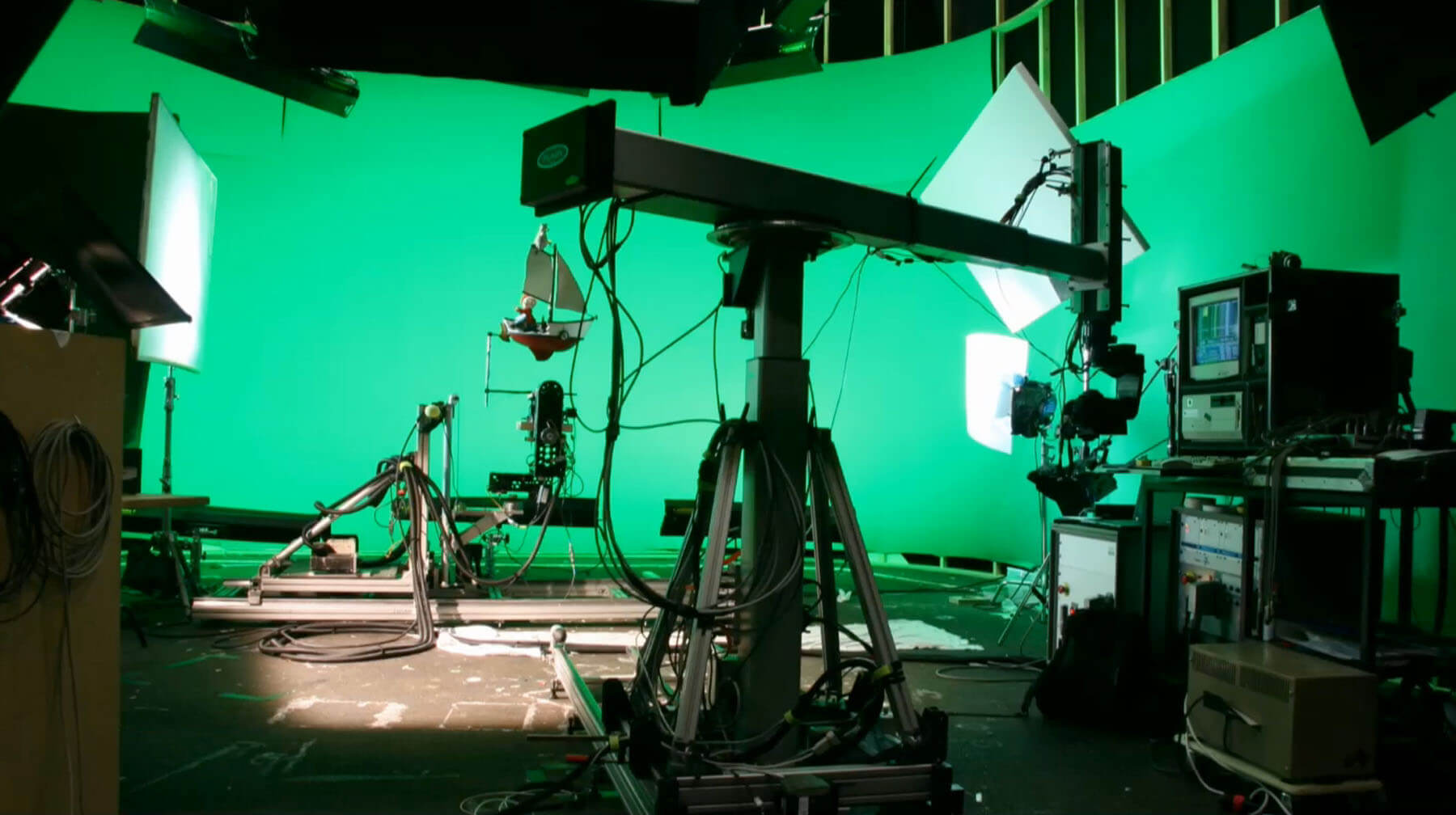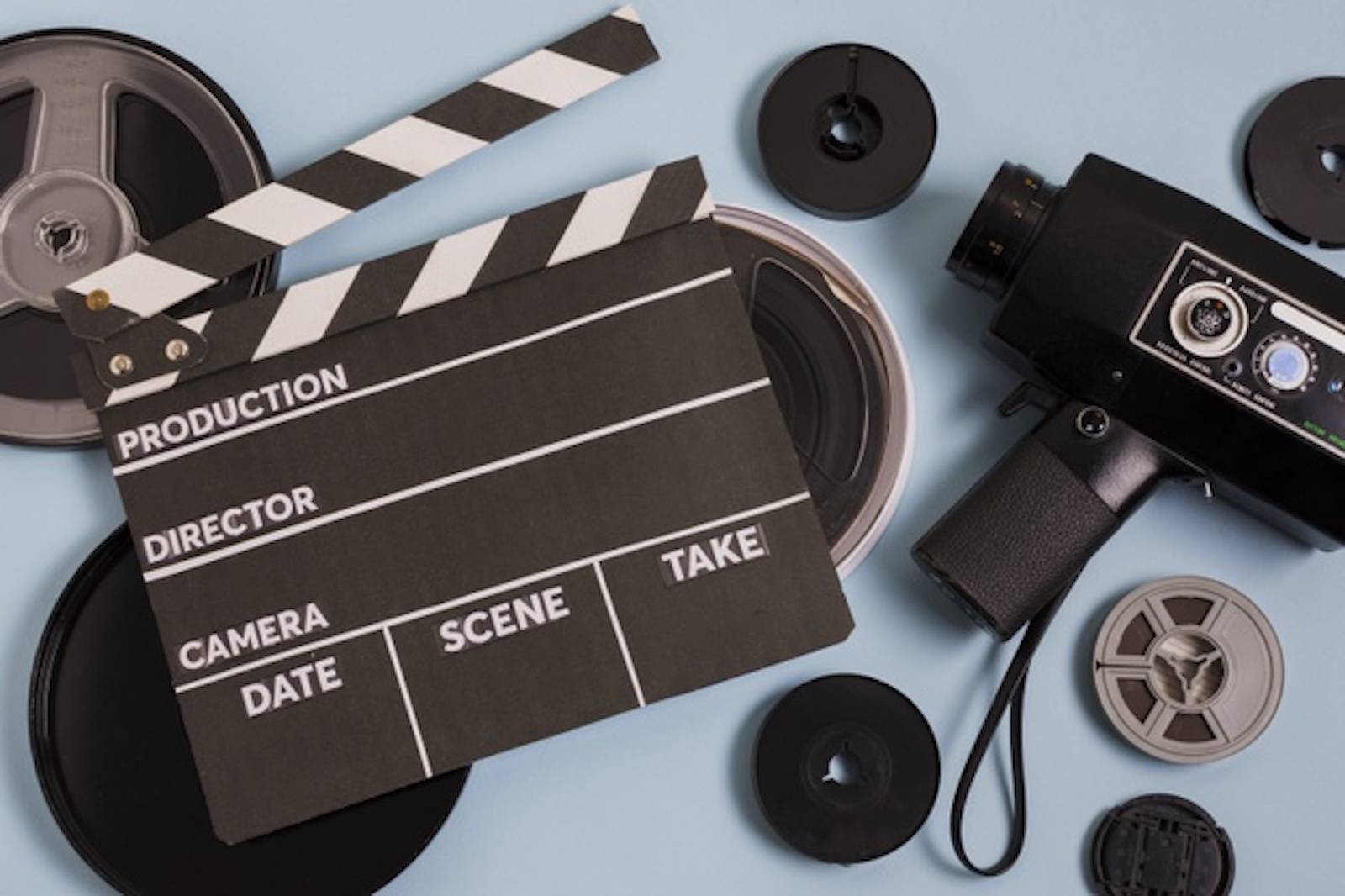When it comes to the world of filmmaking, the artistic aspects play a crucial role in shaping the narrative and emotional impact of a film. The visual style, in particular, serves as a powerful tool that directors and cinematographers use to convey stories and evoke emotions. Understanding these elements is essential for anyone who wishes to delve deeper into the craft of filmmaking.
The art of filmmaking has evolved dramatically over the years, from silent black-and-white films to the visually stunning masterpieces we see today. Each film carries its unique artistic fingerprint, shaped by the decisions made during pre-production, production, and post-production. One of the most critical components of this fingerprint is the visual style, which encompasses everything from color grading to camera angles.
In this article, we will explore the various artistic aspects of filmmaking, focusing on the visual style and how it contributes to the overall storytelling experience. Whether you're an aspiring filmmaker, a film enthusiast, or simply curious about the artistry behind the movies you love, this article will provide valuable insights into the world of cinematic artistry.
Read also:Jason Kelces Holiday Harmony A Stevie Nicksinspired Christmas Song
Table of Contents
- Introduction to Filmmaking Art
- Importance of Visual Style in Filmmaking
- Key Elements of Visual Style
- Color Theory in Filmmaking
- Camera Angles and Movements
- Set Design and Costume
- Lighting Techniques
- Editing and Post-Production
- Iconic Films and Their Visual Style
- Conclusion and Next Steps
Introduction to Filmmaking Art
Filmmaking is an intricate blend of art and technology, where creativity meets innovation. The artistic aspects of filmmaking go beyond just capturing images on camera; they involve a deep understanding of how each element contributes to the narrative. From the initial concept to the final cut, every decision made by the creative team affects the audience's perception of the film.
In this section, we will explore the foundational aspects of filmmaking art, focusing on the importance of artistic decisions in the filmmaking process. Understanding these decisions is crucial for creating films that resonate with audiences on a deeper level.
Artistic Aspects: The visual style, narrative structure, sound design, and editing are all integral parts of the filmmaking process. Each element works together to create a cohesive and engaging cinematic experience.
Importance of Visual Style in Filmmaking
Defining Visual Style
The visual style of a film refers to the aesthetic choices made by the director and cinematographer to enhance the storytelling. It includes elements such as color palette, camera angles, lighting, and set design. A well-defined visual style can elevate a film from good to great, making it memorable and impactful.
Impact on Audience
The visual style of a film has a profound impact on the audience's emotional response. For example, a film with a dark and moody visual style might evoke feelings of suspense and tension, while a bright and vibrant style might create a sense of joy and excitement. Understanding how visual style influences the audience is key to effective storytelling.
Key Elements of Visual Style
Several key elements contribute to the visual style of a film. These elements work together to create a unique and cohesive aesthetic that enhances the narrative. Below, we will explore some of the most important elements:
Read also:Rose Mcgowan Pictures A Comprehensive Look At Her Iconic Style And Influence
- Color Palette: The choice of colors can significantly affect the mood and tone of a film.
- Camera Angles: Different camera angles can convey different emotions and perspectives.
- Lighting: Proper lighting can highlight important elements and create depth within a scene.
- Set Design: The environment in which the story unfolds plays a crucial role in setting the tone.
- Costume Design: Costumes can provide insight into the characters and the time period of the film.
Color Theory in Filmmaking
Understanding Color Psychology
Color theory is an essential aspect of the visual style in filmmaking. Colors can evoke specific emotions and convey subtextual meanings. For example, red is often associated with passion and danger, while blue can evoke feelings of calmness and sadness. Filmmakers use color theory to enhance the emotional impact of their films.
Case Studies
Many iconic films have used color theory to great effect. For instance, "The Grand Budapest Hotel" by Wes Anderson employs a pastel color palette to create a whimsical and nostalgic atmosphere. Similarly, "Schindler's List" uses a monochromatic color scheme to emphasize the somber tone of the film.
Camera Angles and Movements
Types of Camera Angles
Camera angles play a vital role in shaping the visual style of a film. Different angles can convey different emotions and perspectives. For example, a low-angle shot can make a character appear more powerful, while a high-angle shot can make them seem vulnerable. Filmmakers use these angles to guide the audience's focus and enhance the storytelling.
Camera Movements
Camera movements, such as pans, tilts, and tracking shots, add dynamism to a film. These movements can create a sense of motion and tension, drawing the audience deeper into the story. For example, a slow tracking shot can build anticipation, while a rapid pan can create a sense of urgency.
Set Design and Costume
Set Design
The set design of a film provides the backdrop against which the story unfolds. It can convey the time period, location, and atmosphere of the film. A well-designed set can transport the audience to another world, immersing them in the story. For example, the elaborate sets of "Pan's Labyrinth" create a surreal and magical atmosphere that complements the film's narrative.
Costume Design
Costume design is another crucial element of the visual style. Costumes can provide insight into the characters' personalities, backgrounds, and motivations. They can also help establish the time period and cultural context of the film. For instance, the elaborate costumes in "Mad Max: Fury Road" not only enhance the visual style but also contribute to the film's world-building.
Lighting Techniques
Lighting is one of the most powerful tools in a filmmaker's arsenal. It can highlight important elements, create depth, and evoke emotions. Different lighting techniques, such as high-key and low-key lighting, can be used to achieve various effects. High-key lighting, for example, creates a bright and cheerful atmosphere, while low-key lighting can create a sense of mystery and tension.
Techniques: Filmmakers often use techniques such as three-point lighting, backlighting, and cross-lighting to enhance the visual style of their films. These techniques help to create a more dynamic and engaging cinematic experience.
Editing and Post-Production
Editing
Editing is the process of assembling the various elements of a film into a coherent and engaging narrative. It involves selecting the best takes, arranging scenes in a logical order, and adding transitions to create a smooth flow. Editing can significantly impact the pacing and rhythm of a film, affecting the audience's emotional response.
Post-Production
Post-production involves the final stages of filmmaking, including color grading, sound design, and special effects. These elements contribute to the overall visual style of the film, ensuring that it meets the creative vision of the filmmakers. Color grading, in particular, can dramatically alter the mood and tone of a film, making it an essential part of the post-production process.
Iconic Films and Their Visual Style
Throughout the history of cinema, many films have become iconic for their unique visual styles. These films have set new standards for artistic excellence and inspired countless filmmakers. Below are some examples of iconic films and their visual styles:
- Inception: Known for its groundbreaking visual effects and innovative use of perspective.
- Blade Runner 2049: Renowned for its stunning cinematography and atmospheric lighting.
- Roma: Praised for its black-and-white cinematography and intimate storytelling.
Conclusion and Next Steps
In conclusion, the artistic aspects of filmmaking, particularly the visual style, play a crucial role in shaping the narrative and emotional impact of a film. From color theory to camera angles and lighting techniques, every element contributes to the overall aesthetic of the film. Understanding these elements is essential for anyone who wishes to create films that resonate with audiences.
We encourage you to explore these concepts further by watching films that excel in visual storytelling. Pay attention to the artistic choices made by the filmmakers and how they contribute to the overall experience. Share your thoughts and insights in the comments below, and don't forget to check out our other articles on filmmaking and cinematic artistry.


